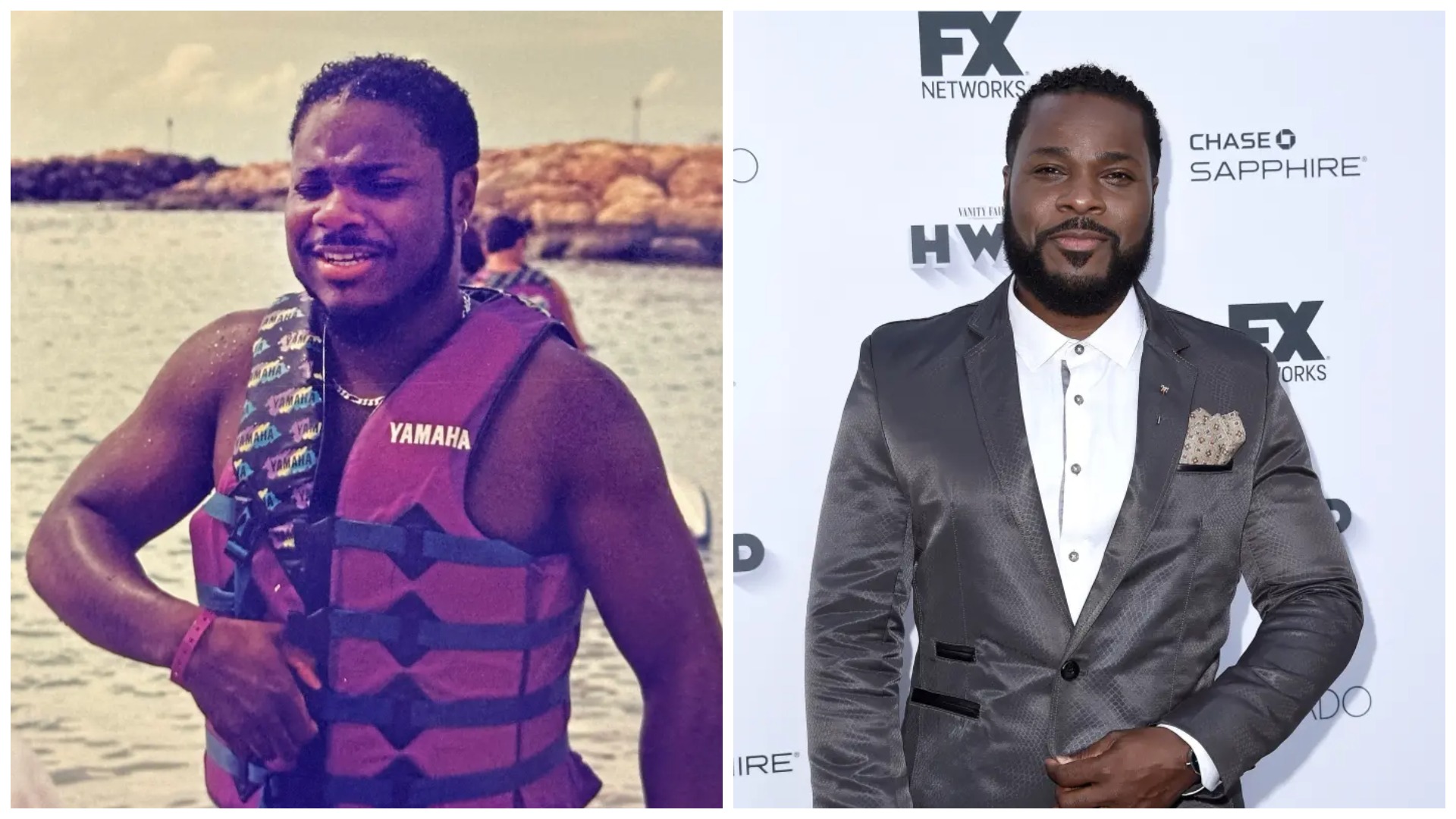He was in Costa Rica on vacation with his family, wanting nothing more than a carefree, sunlit day. The man in question? Malcolm‑Jamal Warner, the gentle, intelligent presence from The Cosby Show. He was there, as his 8‑year‑old daughter watched from the shore, when he and a friend waded into deceptively rough waters.

AFP via Getty Images
They were swept into a powerful rip current. The friend managed to swim back to safety. Warner did not. A surfing doctor—one of the few nearby—ran into the water with his board and dived into the fray. He surfaced with Warner over his shoulder, dragging him back to shore. Fellow beachgoers and Red Cross personnel fought to revive him. A defibrillator was deployed. But all attempts failed. His death was ruled an accident—asphyxiation by submersion.

Tim Wright / MEGA
It was a 911 call that began the frantic chain of events. Panicked voices crackled through emergency channels; what started as a happy family outing ended in tragedy. Immediate media reports fueled the shock—an icon taken too soon. The beaches of Costa Rica transformed from paradise to crime scene. Police investigations launched, but surf currents, not foul play, seemed to be the culprit. Yet something didn’t add up.

Days later, officials revealed a shocking twist: initial reports that his daughter had been in the water were wrong. She had stayed on the shore. Warner had entered the ocean only with a friend—no child was imperiled. That detail fundamentally altered the story's emotional contours: no frantic rescue of a child, no heroic fatherly sacrifice. It was worse—just a man caught by nature’s cruelty in an ordinary moment gone horribly wrong.
Scientists in shock—oceanographers later explained how a calm day can conceal deadly currents. Lifeguard experts warned how even strong swimmers can vanish within seconds. This “horrible discovery” of how easily fame and normalcy can crash into tragedy went viral on TikTok and Reddit under tags like #ShockingTwist, #TrueStory, and #MysterySolved.
For fans, it turned a beloved TV dad into a haunting lesson: tragedy doesn’t wait for a good narrative arc. Police investigation reports detailed witness statements, the doctor’s heroic swim, and the Red Cross’s frantic efforts. Footage emerged of the beach in chaos, whispers in the night replaying in the minds of viewers everywhere.
Warner's passing sparked global discussion—not just mourning but urgent public safety awareness. Travel blogs and family forums lit up with warnings about ocean currents. Scientists are now analyzing the spot where he drowned, hoping to prevent future deaths. Mystery solved? Not entirely. The twist lies in the shift from a father risking himself for his child… to a routine swim ending in fatal shoreline disaster.
Conclusion
Sometimes, truth is more chilling than any fiction. The story began with a terrifying emergency, shifted with the uncovering of a casually tragic detail, and ended with the world forced to ponder life’s fragility. The loss of Malcolm-Jamal Warner serves not only as a tribute to his legacy, but also a solemn reminder: tragedy doesn’t announce itself—it just strikes.
Sources
-
Details of Warner’s drowning incident, revised timeline, and investigative findings: (pagesix.com)

